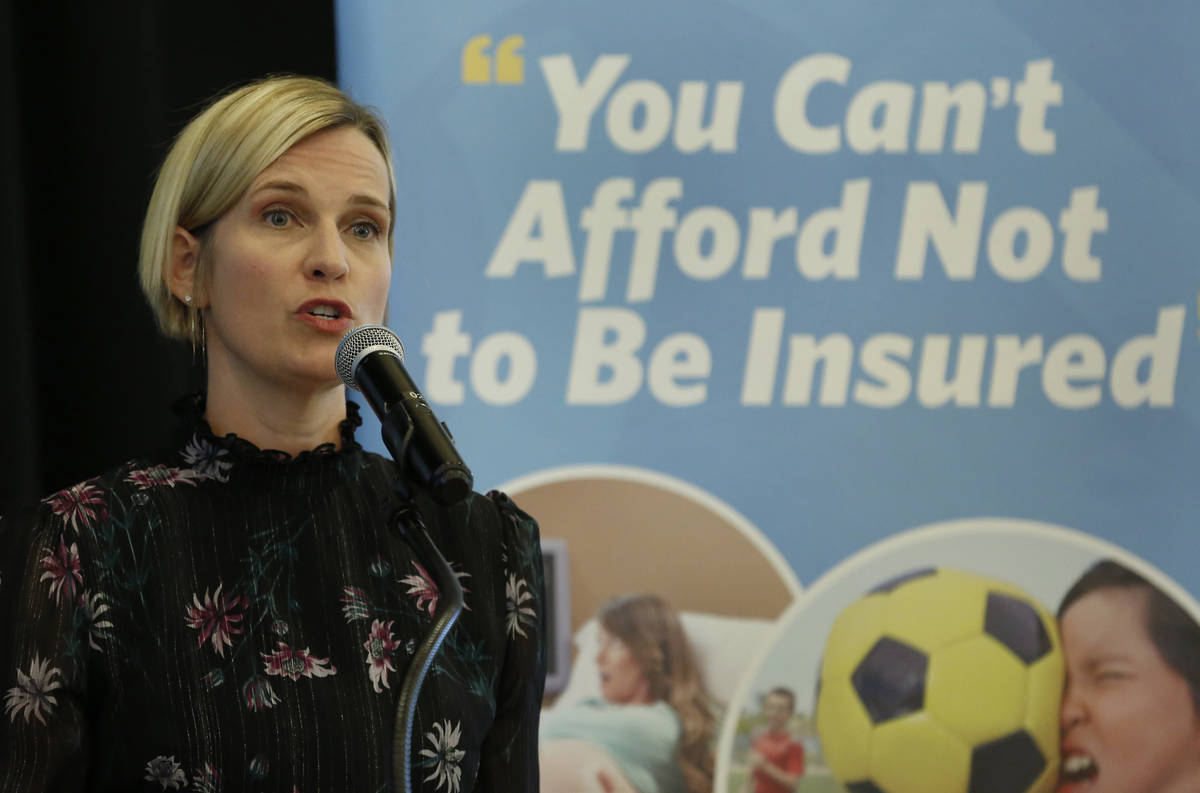State health insurance exchange holds special open-enrollment period
Nevada’s health care insurance portal is offering a special open enrollment period for qualified residents amid the coronavirus outbreak in the state.
The online state exchange, known as Nevada Health Link , announced Tuesday that the special enrollment period began immediately and will remain open through April 15.
Individuals seeking a qualified health insurance plan are encouraged to contact the exchange’s customer assistance center between 9 a.m. and 5 p.m. Monday-Friday at 1-800-547-2927; TTY: 711. The call center will extend its hours on Saturdays and Sundays (except for Easter Sunday) from March 21 through April 15 from 10 a.m. to 2 p.m. PST.
The exchange recommends working with a certified broker or navigator to enroll. Nevada Health Link offers language assistance, and if you are deaf, hard of hearing or have a disability, accommodations are provided at no cost.
“I am calling on all uninsured Nevadans, even if you are healthy, to take advantage of this special opportunity to gain access to health insurance coverage through the Exchange,” Nevada Gov. Steve Sisolak said in a news release. “The COVID-19 virus is an unfortunate but important reminder that our health and well-being should be top priority and gaining access to insurance is a critical step in that process.”
Nevada Health Link notes that insurance is not required to be tested for COVID-19; and the emergency regulation signed by the governor last week provides that there is no cost to consumers for medical services related to testing for COVID-19.










































